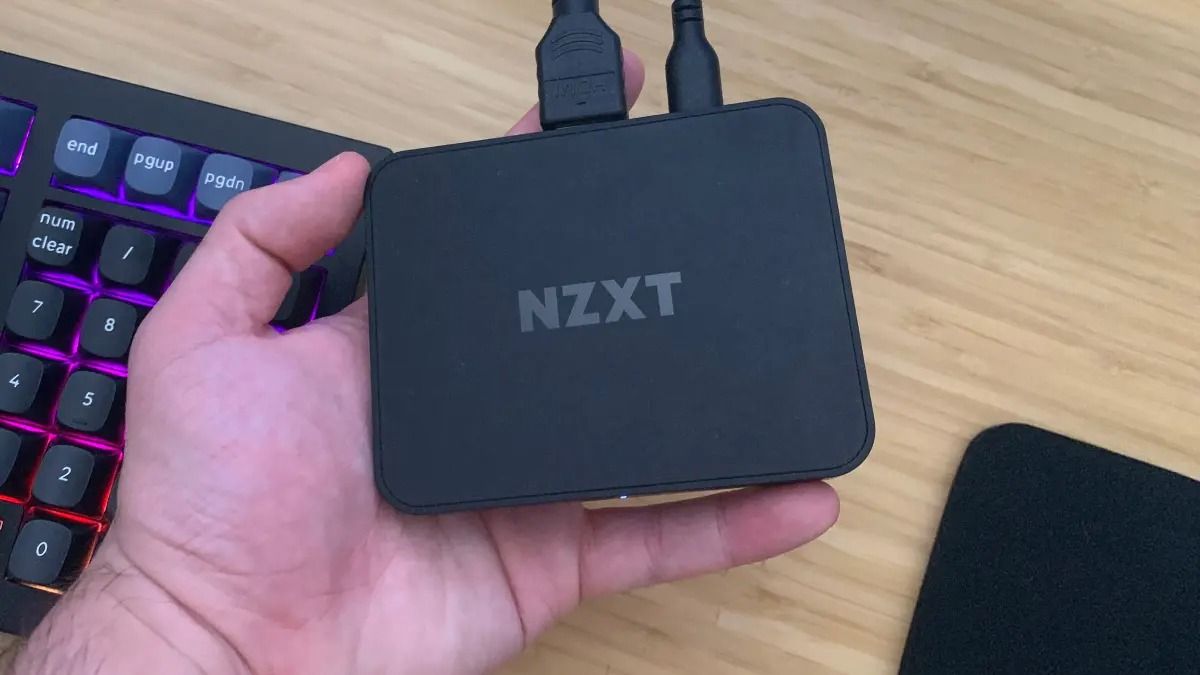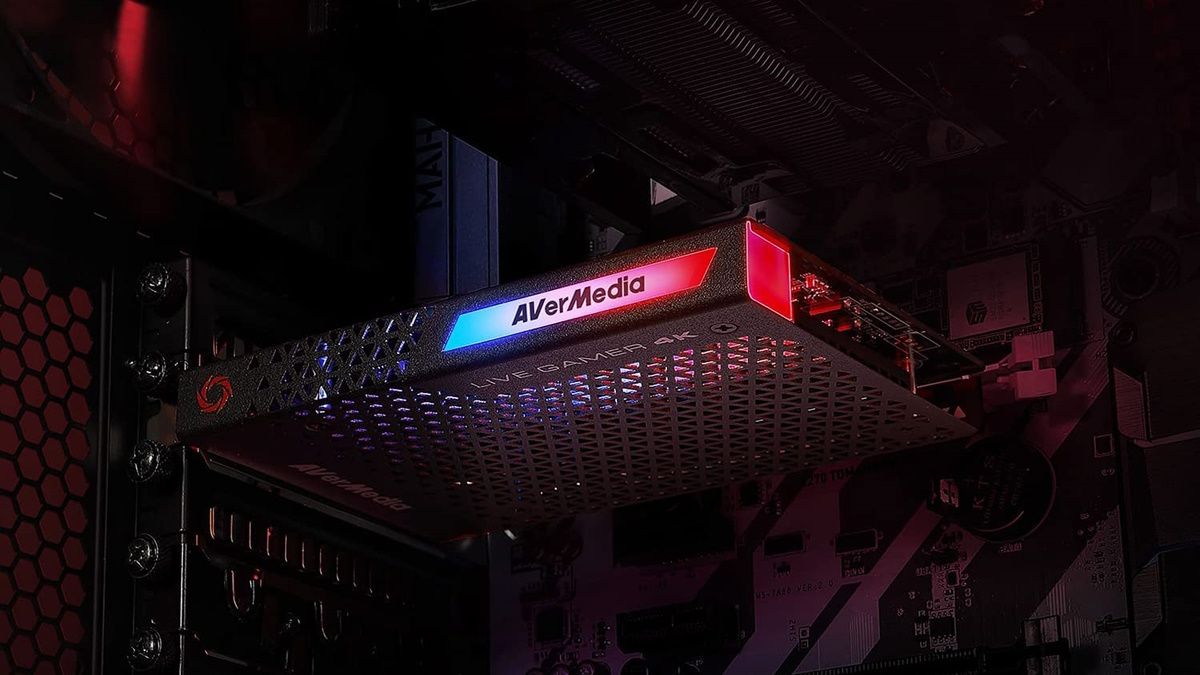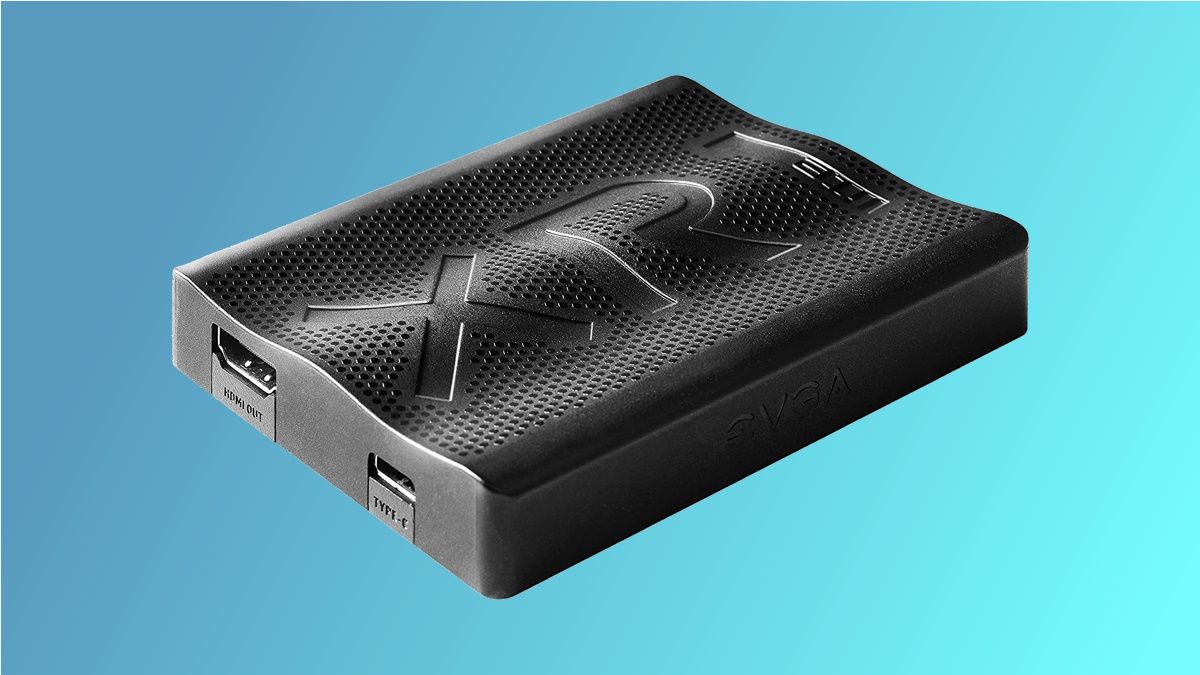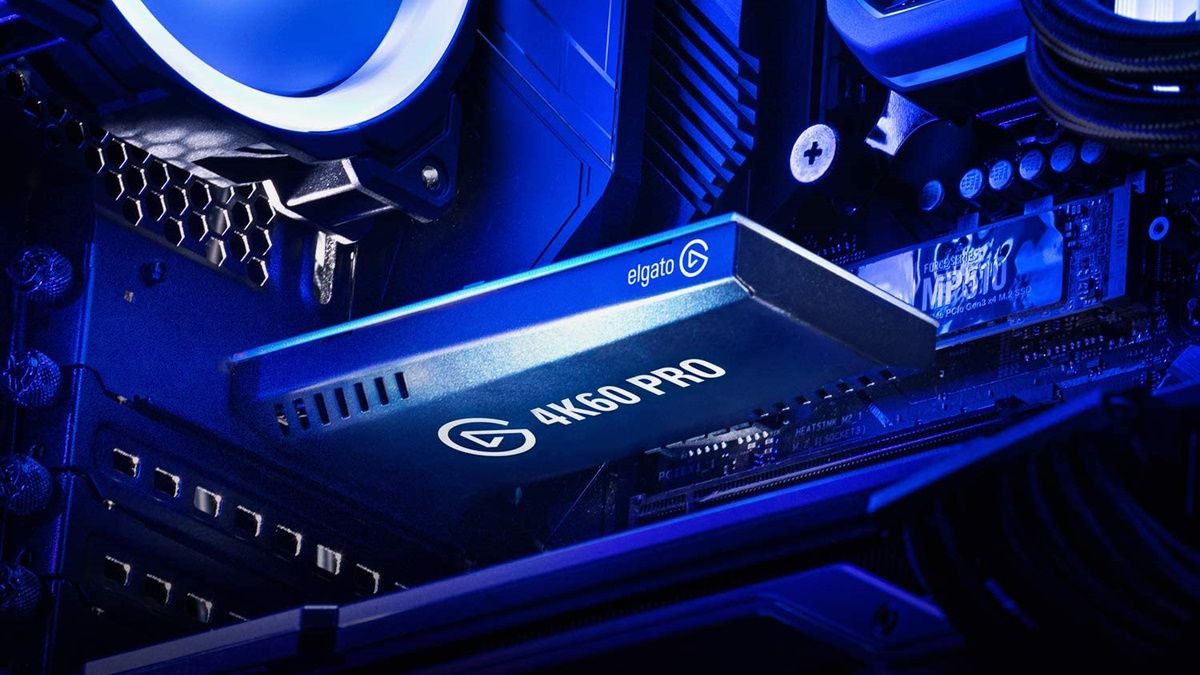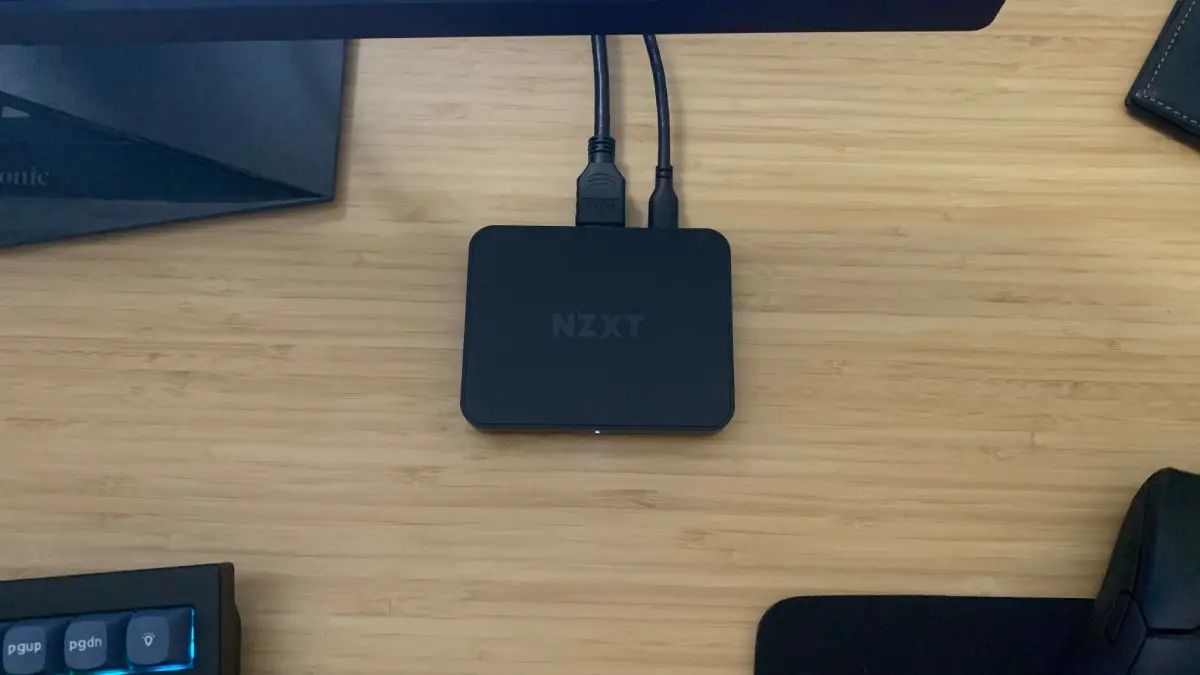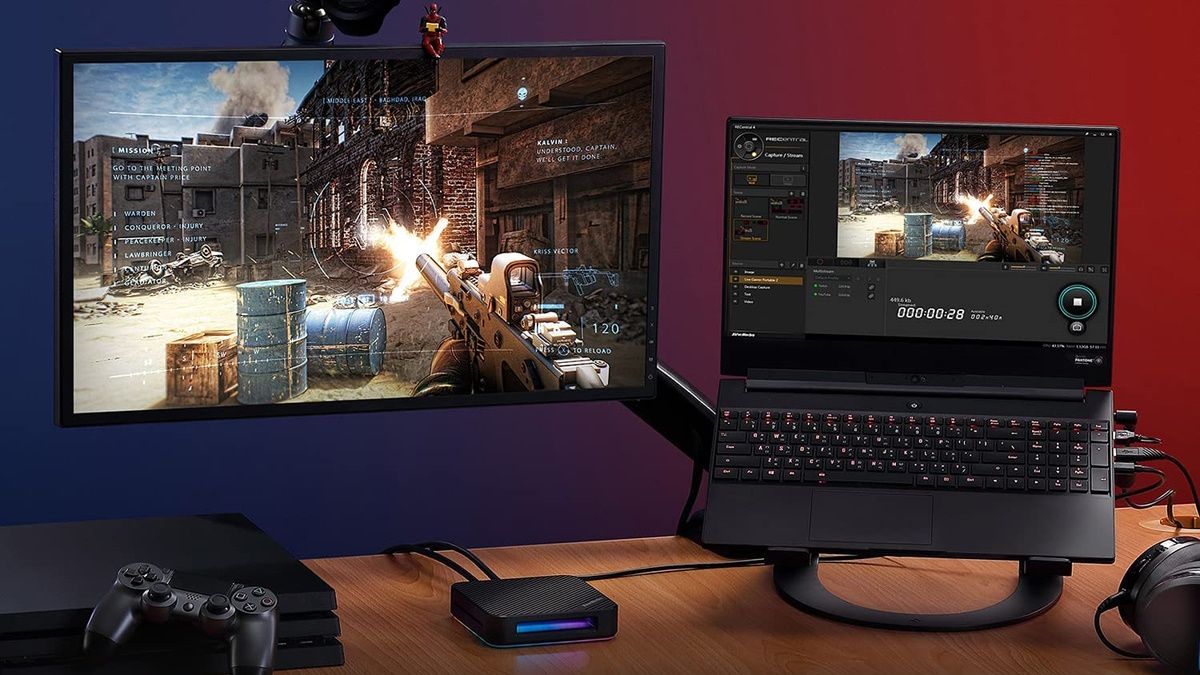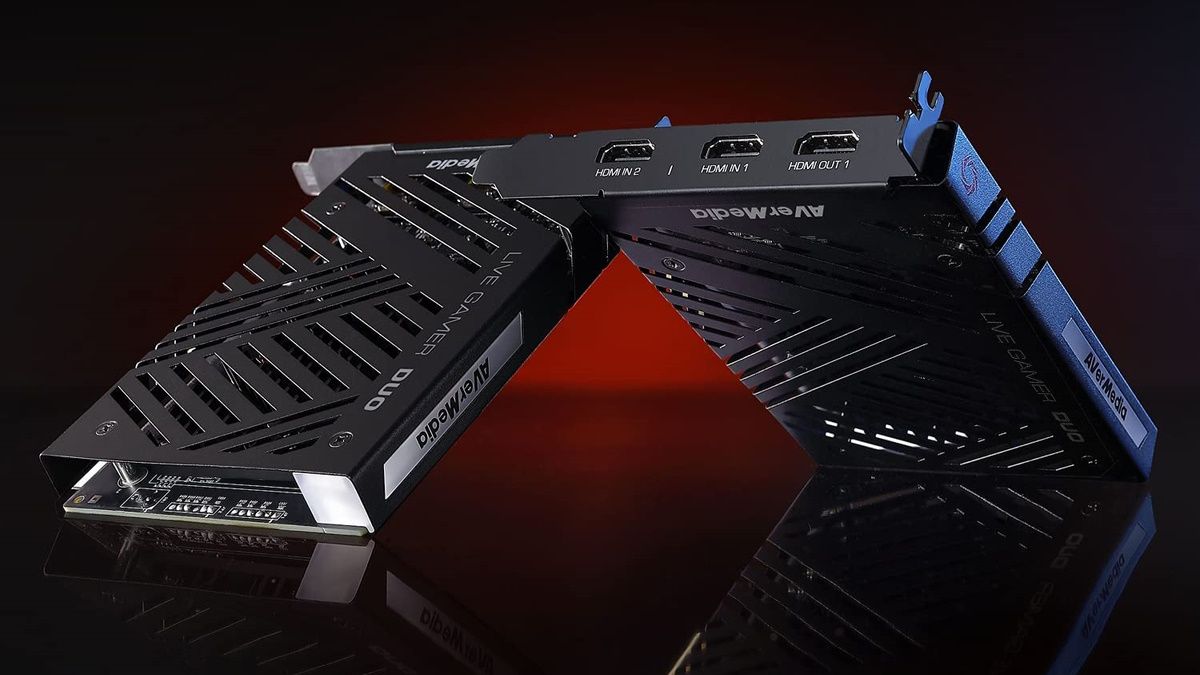Read update
- We've reviewed our recommendations and these are still the best capture cards you can buy.
Streaming on services like Twitch is a popular way for gamers to share their hobby, but you need the right capture card to make the most of it. Don't worry, we have the perfect recommendations for everyone's setup.
UPDATE: 01/11/2024
We've reviewed our recommendations and these are still the best capture cards you can buy.
What to Look for in a Capture Card in 2024
A capture card has two jobs it must accomplish to be effective. Essentially, it has to capture an incoming audiovisual signal and then either store it or send it along to somewhere else. In some situations, you'll want the capture card to both record footage and send the signal to an application or AV output at the same time.
When using a capture card, the source of the audiovisual signal is going to be a game console. While consoles starting with the PlayStation 4 and Xbox One have built-in broadcasting and gameplay recording features, they're often limited and sometimes even block gameplay from viewers. A capture card not only bypasses the console limitations but also allows you to customize your stream using your PC and broadcasting software (such as OBS or SLOBS).
If you are recording or capturing footage exclusively from a PC, a capture card may not be the best solution. That's because modern PCs can capture or stream game footage without special hardware. A capture card doesn't reduce any workload from the PC itself, so it's only really useful if you want to stream games from gaming consoles.
One important aspect when purchasing a capture card is making sure your chosen console or device can be used with the capture card. Almost all capture cards require HDMI inputs, so if you're using a retro console, you'll need an adapter.
Finally, make sure to select a card that supports at least the resolution and refresh rate you want to stream at. Going for higher resolutions and refresh rates is a fine choice, but the hardware you'll need is generally more expensive. However, if you go for the bare minimum hardware you need to stream, you may need to upgrade sooner. It's up to you to balance your current needs with future-proofing.
With that out of the way, let's look at our top recommendations.
|
How Did We Research | ||
|
Models Evaluated |
Hours Researched |
Reviews Analyzed |
|
15 |
5 |
18 |
How-To Geek's product recommendations come from the same team of experts that have helped people fix their gadgets over one billion times. We only recommend the best products based on our research and expertise. We never accept payment to endorse or review a product. Read More »
Best Overall Capture Card: AVerMedia Live Gamer 4K
Pros | Cons |
|---|---|
✓ Flexible card for any type of streaming or capture | ✗ You need a desktop computer with a free slot |
✓ Offers capture of 5.1 and 7.1 surround | |
✓ Supports ultrawide aspect ratios | |
✓ Cheaper than external cards with similar specifications |
Choosing a capture card that's "best overall" usually means that the product needs to work adequately (or better) in most scenarios. That is exactly what the Live Gamer 4K from AVerMedia brings to the table. It's not the best at any one thing, but we can't imagine anyone being let down by it, regardless of what they need.
As an internal PCIe card, the Live Gamer 4K has enough technical power to handle most standard streaming and capturing settings. At 4K, the card can handle 60 frames per second (FPS) and HDR video. Using the included RECentral software, the card can capture 5.1 or 7.1 surround sound.
PC and console gamers willing to sacrifice 4K resolution can also record up to 144 or 240 frames per second for 1440p and 1080p resolutions, respectively. On top of all this, the Live Gamer 4K supports ultrawide aspect ratios, which is uncommon. Even the card's price is very reasonable, given how much you get for it.
The Live Gamer 4K seems to have everything anyone could want, but no product is perfect. This is an internal capture card, so those without laptops or otherwise can't install the Live Gamer 4K are out of luck. If you need an external capture card specifically, don't worry, we have an external card recommendation for you.
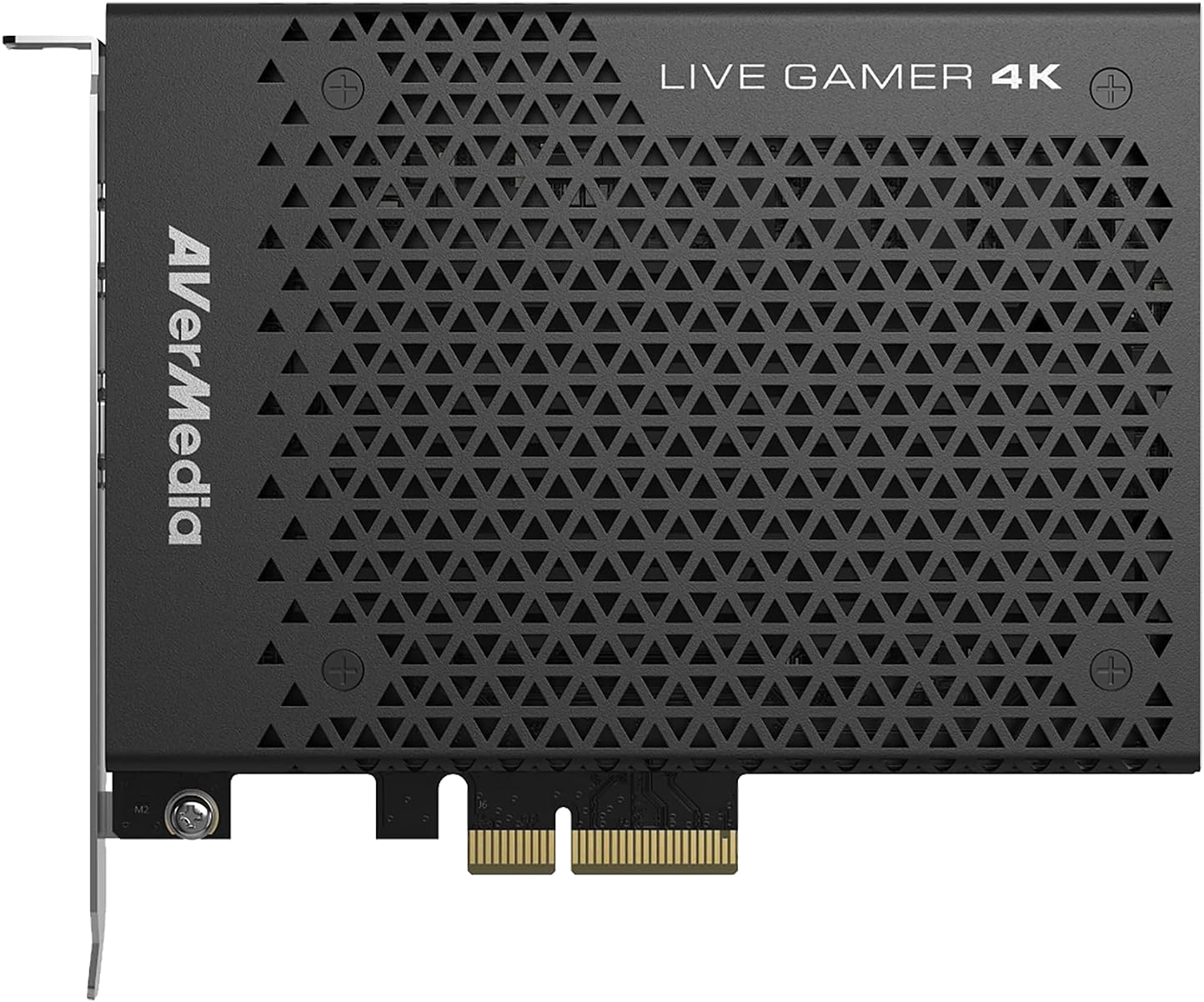

AVerMedia Live Gamer 4K
This internal capture card has it all: 4K capabilities, ultrawide capture support, and 5.1 or 7.1 surround sound capture, all for a decent price.
Best Budget Capture Card: EVGA XR1 lite
Pros | Cons |
|---|---|
✓ Records at 1080p/60FPS | ✗ 1080p only |
✓ Passes 4K/60FPS video to your monitor or TV | |
✓ Hardware decoding makes life easier for your PC | |
✓ Certified for OBS |
EVGA may not be the first company you think of when shopping for capture cards. Aren't they more of a PC components brand? Like many brands, the company is expanding its offerings, and if the EVGA XR1 lite Capture Card is any indication, we should hope they continue to do so.
The EVGA XR1 lite only shoots 1080p footage at up to 60 frames per second, but it displays full 4K gameplay at the same frame rate. This means you can record or stream your gameplay at a more bandwidth-friendly size while still taking advantage of your 4K monitor.
This capture card features HDMI 2.0 in and out and connects to your PC via USB-C 3.0. Unlike some other budget capture cards, the EVGA XR1 lite actual does uncompressed NV12 and YUY2 encoding in hardware, so it doesn't rely on your PC for encoding.
If you don't need to record or stream in 4K, the EVGA XR1 lite Capture Card is a solid, affordable option. It's also OBS certified, so if you're buying this with Twitch or YouTube streaming in mind, it's a great pick.
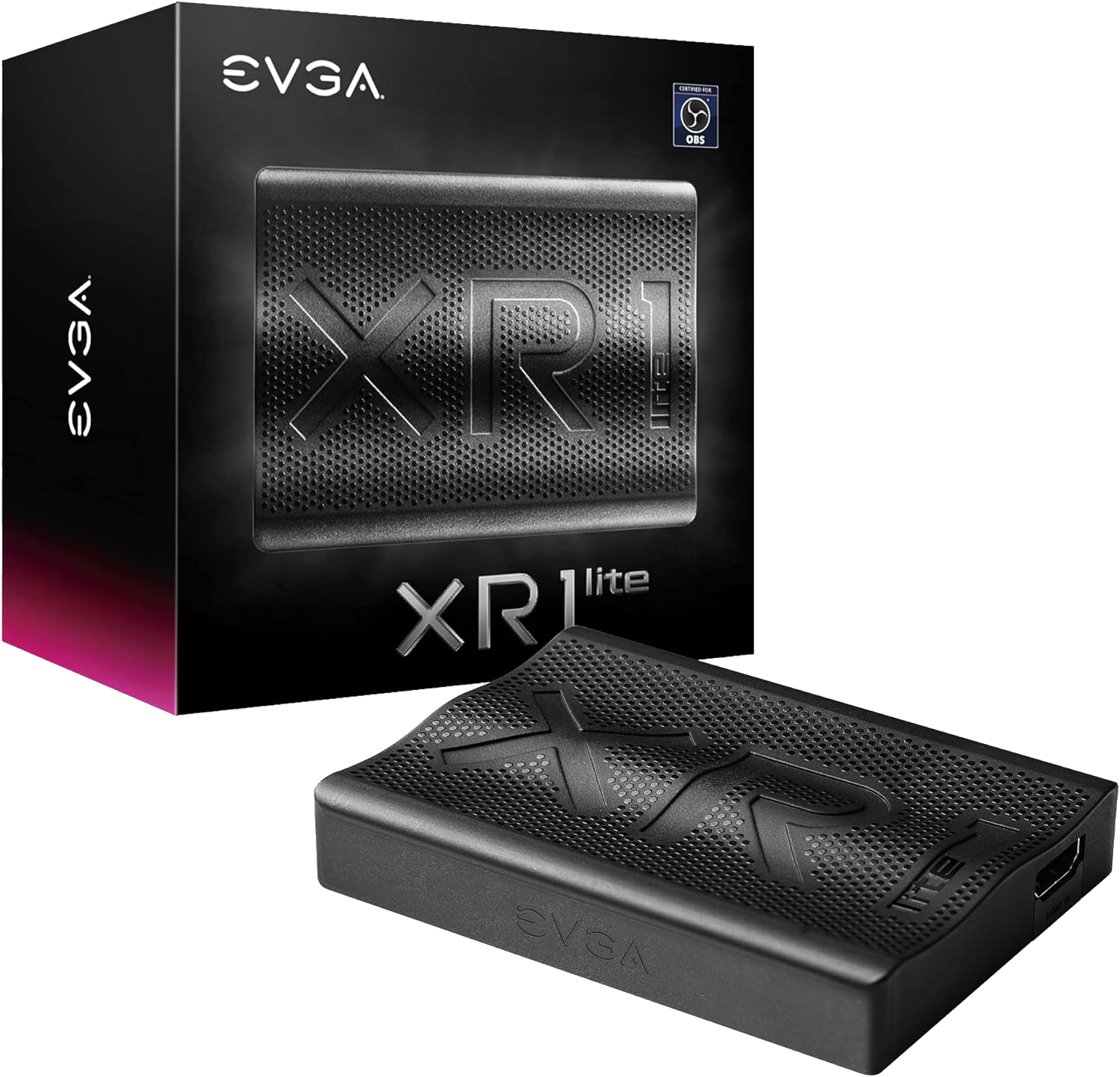

EVGA XR1 lite Capture Card
If you only need to record or stream at 1080p / 60 FPS, the EVGA XR1 lite Capture Card will handle the capture by letting you play at 4K / 60 FPS without any lag or latency.
Best Internal Capture Card: Elgato 4K60 Pro MK.2
Pros | Cons |
|---|---|
✓ 4K60 capture at a great bitrate for the money | ✗ Requires a desktop with a free PCIe slot |
✓ Zero-lag 4k passthrough | |
✓ Supports high refresh rates at sub-4K resolutions. | |
✓ Can capture HDR footage |
The Elgato 4K60 Pro MK.2 almost received the best overall spot instead of the AVerMedia Live Gamer 4K. After all, they virtually have the same on-paper specifications. However, Elgato's products don't offer surround sound capture and can only record in stereo, unlike the Live Gamer 4K. Although it didn't quite make the cut, there's a lot to love about the 4K60 Pro MK.2 for a comparable price.
As the name suggests, this card can capture 4K footage at a 60Hz refresh rate. It's also good for capturing HDR10 video, so you don't need to switch it off while playing.
If you're happy with resolutions below 4K, refresh rates up to 240Hz are possible. While Elgato has stated that the 4K60 Pro supports ultrawide resolutions, user feedback indicates that this is easier said than done, so buyer beware if you have an ultrawide monitor!
But if neither ultrawide support nor surround-sound capture matters to you, the Pro MK.2 is a solid alternative to the AVerMedia Live Gamer 4K.
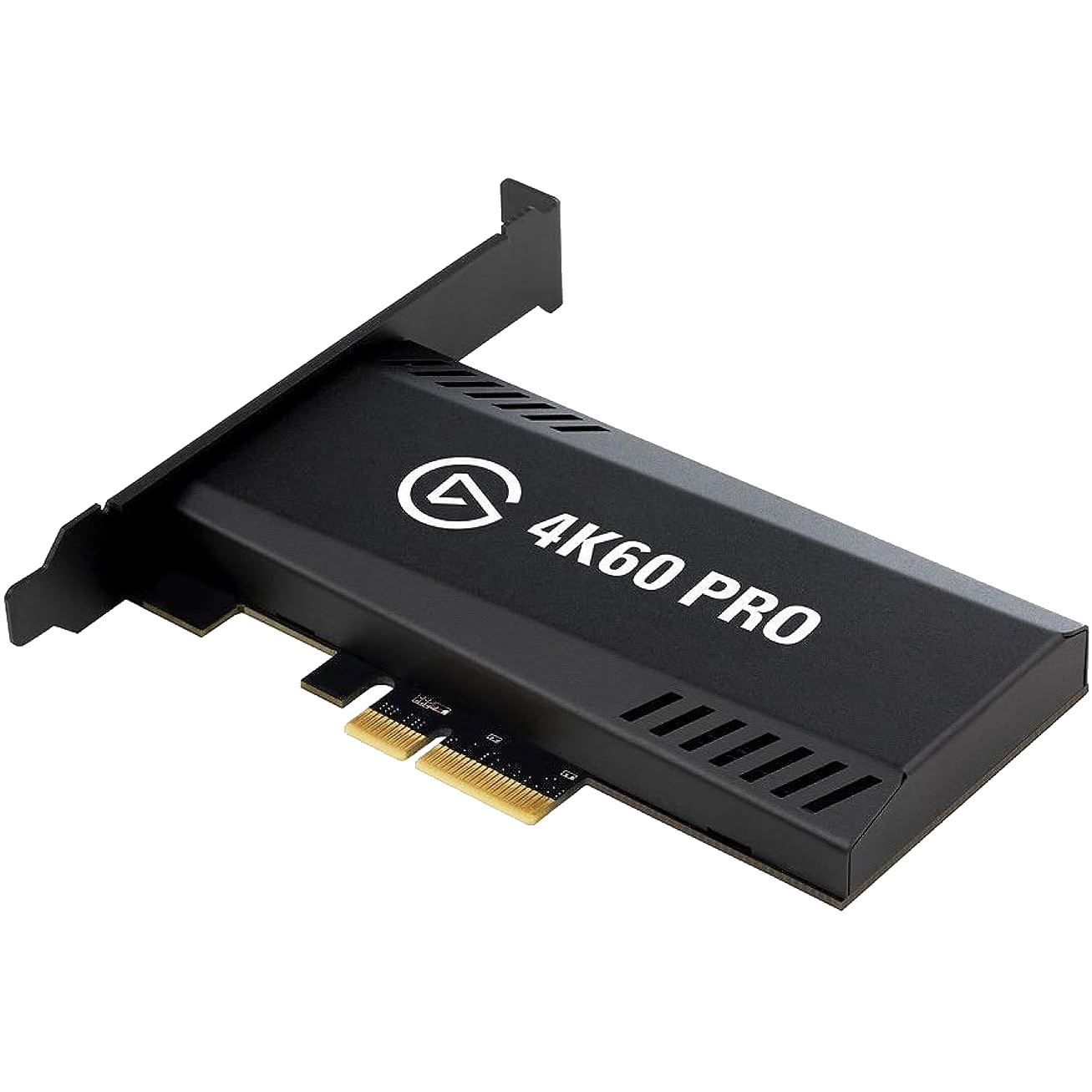

Elgato 4K60 Pro MK.2
The Elgato 4K60 Pro MK.2 is very similar to our best overall recommendation but lacks the ability to capture surround sound. It's still a solid capture card, and worth it if you prefer Elgato to AVerMedia.
Best External Capture Card: NZXT Signal 4K30
Pros | Cons |
|---|---|
✓ Zero-lag HDMI passthrough | ✗ Requires USB 3.2 support |
✓ Easy plug and play setup | |
✓ Record or stream at up to 4K@30hz | |
✓ Compatible with Windows and Mac |
NZXT has been producing some incredible computer peripherals and accessories lately, including the Lift Gaming Mouse and Function Mechanical Keyboard. The NZXT Signal 4K30 is another great piece of hardware to add to that list. This small, high-quality external capture card is everything you need to start creating video content.
The Signal 4K30 is compatible with PlayStation 5 and Xbox Series consoles, as well as the previous generation from both companies. It supports recording in 4K at up to 30hz and 1080p at up to 120hz. And if you want to game at 4K but stream or record at 1080p, HDMI passthrough allows you to do so easily.
Your recording computer, which can be either Windows or Mac, needs to support USB 3.2 to allow for the higher data rate required by 4K recording and streaming. The only other requirements are a spare HDMI port and some screen recording software such as OBS Studio. There is software supplied with the capture card, but only to customize the setup and only for Windows.
The combination of reasonable price, 4K lossless recording, ease of use, and high-quality build makes it easy to recommend the NZXT Signal 4K30 to anyone looking for an external capture card.
If you don't need to record or stream in 4K, it is worth checking out the other external capture card from NZXT. The Signal HD60 offers effortless 1080p recording and streaming at an even more attractive price.


NZXT Signal 4K30
NZXT offers a small and unobtrusive external capture card that combines easy set up, high-quality 4K recording and streaming, and a very attractive price.
Best 4K Capture Card: AVerMedia Live Gamer Bolt
Pros | Cons |
|---|---|
✓ Uses Thunderbolt 3, unmatched bandwidth for external cards | ✗ No USB C support |
✓ Allows for uncompressed footage capture | ✗ Does not work with M1 Mac at the moment |
✓ Allows for up to 240fps capture in FHD | ✗ Cannot capture HDR on Mac |
The big advantage of internal PCIe capture cards is the access to oodles of computer resources. This means they can capture and stream footage at astronomical bitrates and offer the best visual quality and performance. External cards that rely on USB, such as the Elgato 4K60 S+, will always be limited in comparison.
Moving from USB to Thunderbolt 3 solves the resource issue for external capture cards in a definitive way. That's how the Live Gamer Bolt can capture 4K 60Hz HDR footage as well as faster frame rates at lower resolutions. This external card is functionally as capable as an internal card but doesn't require installation. So, any Windows system with a Thunderbolt 3 port will work.
Macs are also supported, which means a Mac Mini or MacBook Pro could be the ideal pairing with the Live Gamer Bolt. There is, however, one major caveat with Mac computers. AVerMedia doesn't support the M1 Mac ecosystem. Posts from AVerMedia's technical support staff indicated that an M1 driver was in development, but it was never released and MacBooks have largely moved to the M2 chip.
Thunderbolt 3 is becoming more common on laptops and can be added to many motherboards using a compatible add-in card. That makes the Live Gamer Bolt a more flexible solution than comparable internal 4k capture cards. Its current Mac limitations are regrettable, but it's a great way to turn your Thunderbolt-equipped laptop into a professional streaming powerhouse.
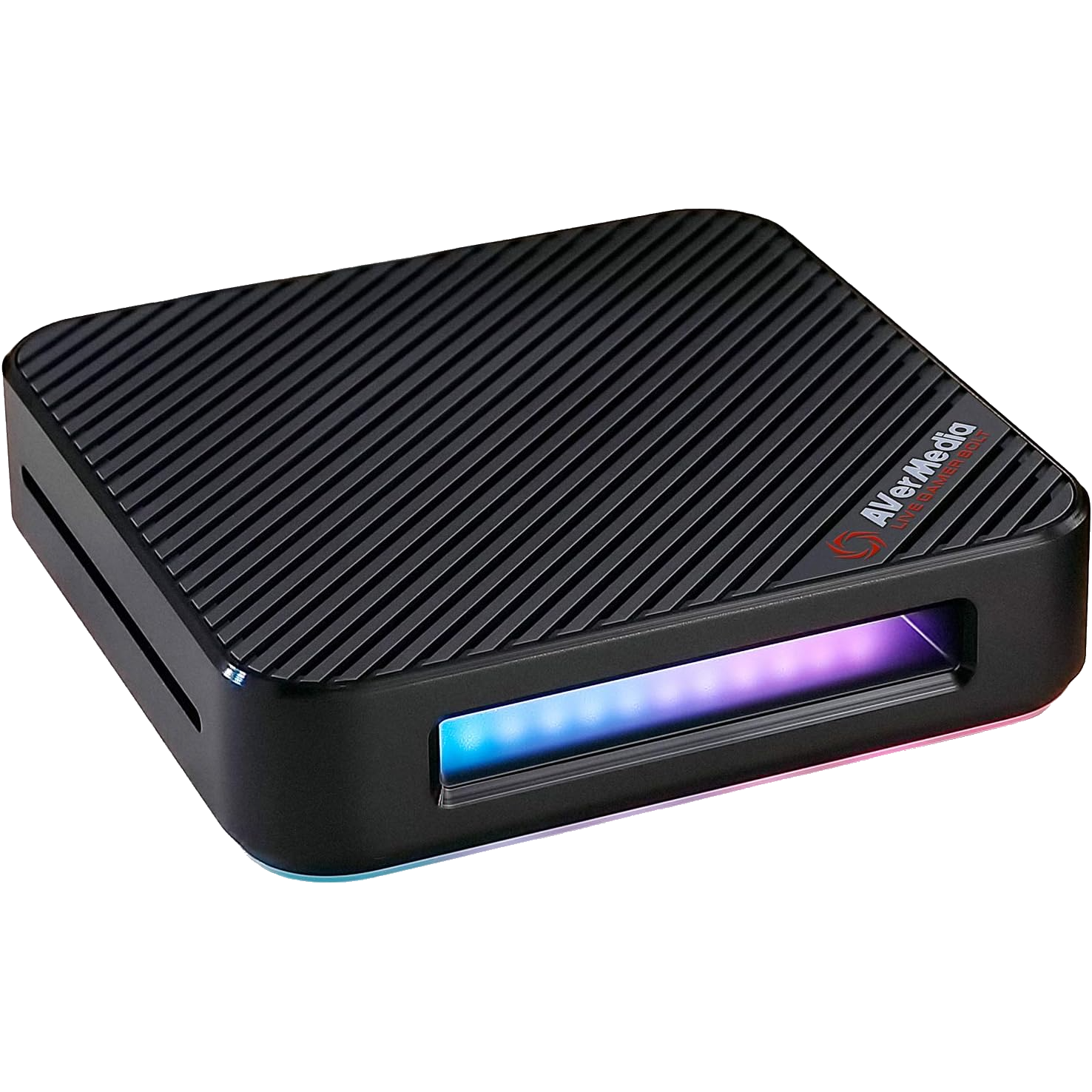

AVerMedia Live Gamer Bolt
If you need to capture 4K footage, you'll want to get the Live Gamer Bolt. It even works with Intel Macs! Just make sure you have a Thunderbolt 3 port.
Best Capture Card for Streaming: AVerMedia Live Gamer Duo
Pros | Cons |
|---|---|
✓ Dual HDMI input allowing high-end camera usage | |
✓ 4K60 and 1080p 240 passthrough |
Streaming is about more than just finding a way to get incoming footage onto a service like Twitch. A streaming setup consists of many moving parts that come together to craft an attractive and professional stream.
As such, the Live Gamer Duo is one of the best products we've seen for a livestream setup. While it isn't at the technical cutting edge, it has several useful features that make life much easier for low- to mid-budget streamers.
The best feature the Live Gamer Duo has is its dual HDMI inputs. This allows you to plug a camera into the second port and then mix the gaming and camera inputs using your favorite broadcasting software. No USB webcam setup will compare to a direct HDMI camera feed, so this card really helps your whole streaming setup punch above its weight.
Another killer feature is the asymmetrical passthrough and capture. Even though this card is limited to capturing uncompressed 1080p 60Hz footage, you can pass through almost any resolution you like. You can still enjoy 4K60, 1440p144, and 1080p240 imagery on your local display, while keeping the livestream at the 1080p resolution most viewers will be watching on.
If you're someone looking to set up a dedicated streaming solution with high-quality camera footage, this is the card we'd recommend for most of you.
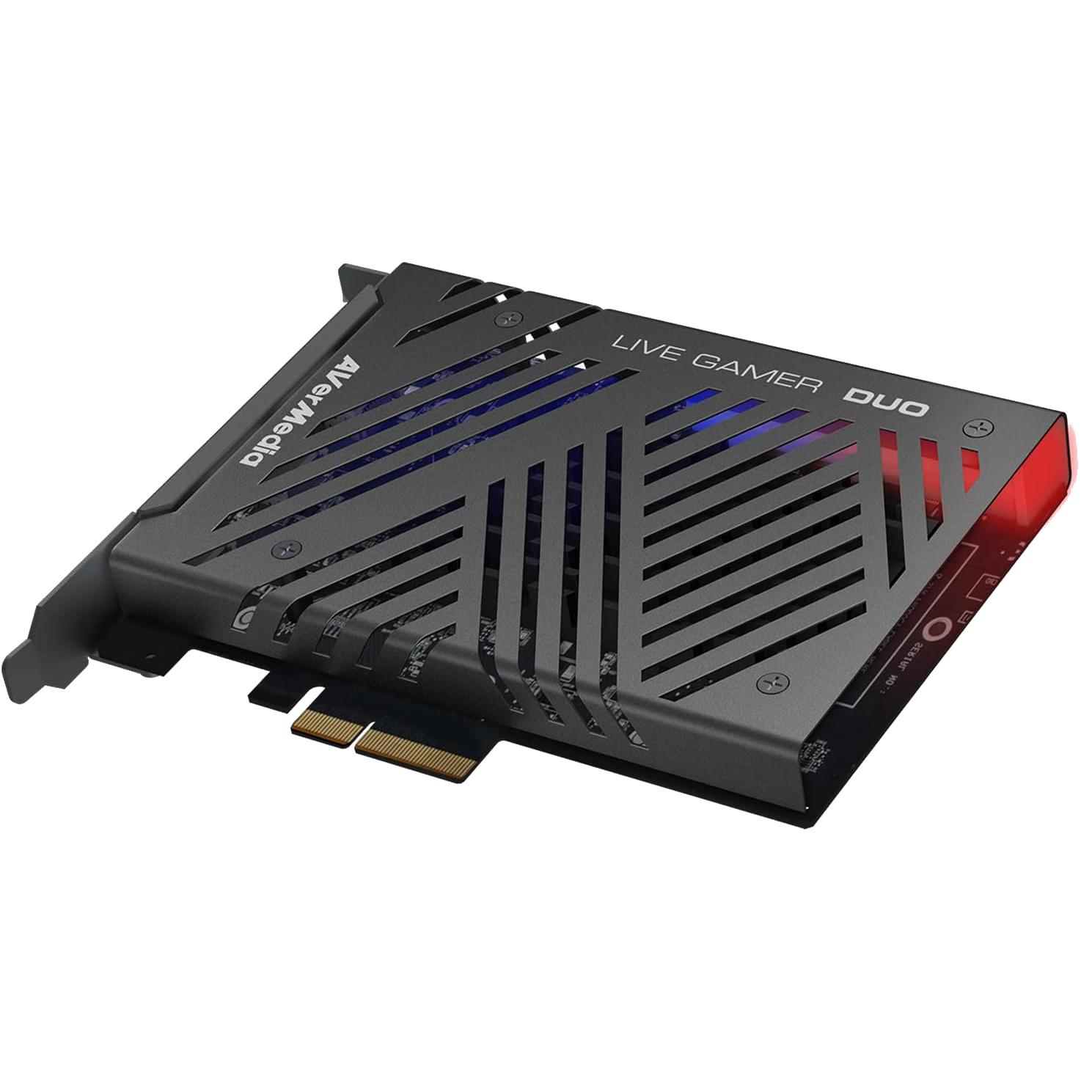

AVerMedia Live Gamer Duo
If you need a capture card that's optimized specifically for streaming, the Live Gamer Duo will be the perfect pick. With dual HDMI ports, you can have your gameplay and camera looking great.
FAQ
What does a capture card do?
A capture card grabs audio/video output from one source, such as a gaming console, and transfers it to another device, such as your PC, for editing before streaming.
There are two types of capture cards—internal ones you put into your PC tower, and external ones you can use by plugging them in.
Are capture cards only for recording video?
No, capture cards can record or stream both audio and video.
Do I need a capture card for my gaming PC?
It depends. If you want to record or stream on your gaming PC, then no, you don't need a capture card—you can record the footage on your PC. However, if you're using a dual PC setup, you will need a capture card to record or stream to the other PC. Also, if you're looking to stream console games, a capture card will be required unless you use some consoles' built-in streaming abilities.
What's the difference between a capture card and a DVR?
A capture card grabs and transfers content from one device to another device for further processing or streaming, while a DVR (digital video recorder) records video (mostly surveillance camera footage) to a local or networked storage device. Personal Video Recorder (PVR), a.k.a. hard disk recorder, is also referred to as DVR. PVRs allow viewers to pause, rewind, record, and playback broadcast, cable, or satellite TV programs.

